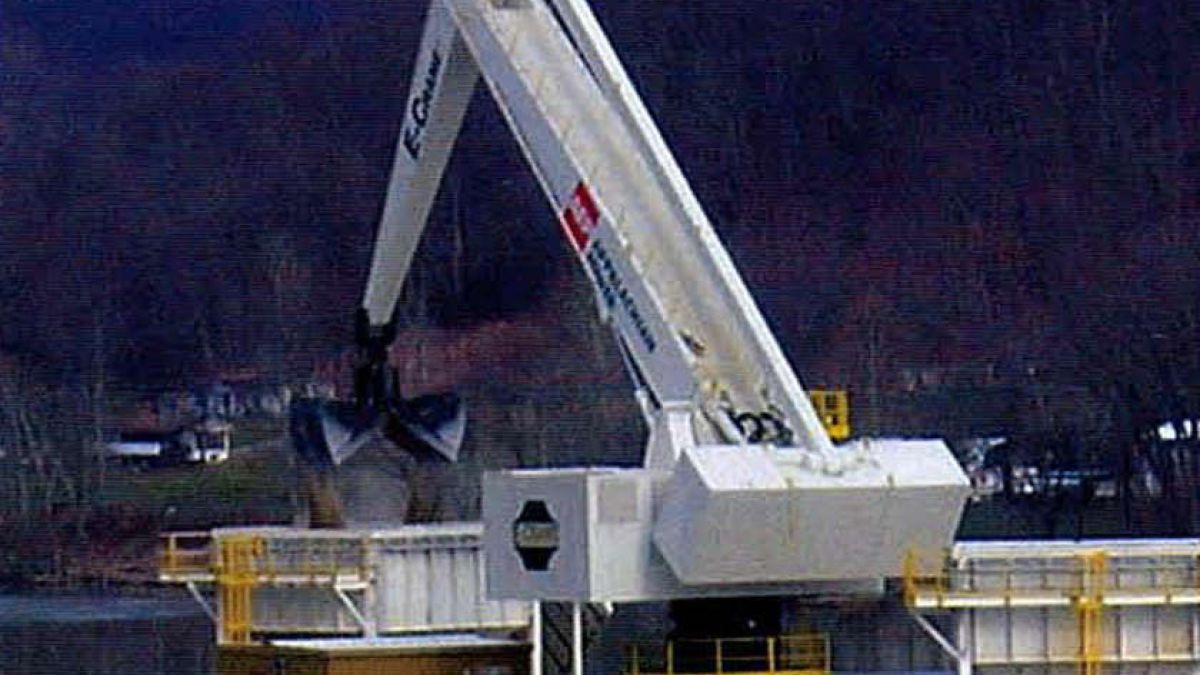
Steam Coal Handling from the US Perspective: getting the right Balance
Over 50% of the electric energy consumed in the USA is generated by fossil fuel (coal) burning power plants. Utility companies burning fossil fuels require a carefully blended mix of coal which is sourced from US mines as well as Latin American and international suppliers to minimize fuel expenses and to meet increasingly stringent emission regulations. Now these fossil fuel-burning power plants also need to offload limestone for their flue gas desulphurization sustems to comply with emission regulations.
As most US power plants were built 30 to 40 – or more – years ago, utility companies are now struggling to find a cost-effective, modern replacements for their ageing, obsolete fuel handling equipment to keep abreast with the increasing demand for clean infrastructure.
This increase in fuel, and now limestone handling, is an additional expense for utilities. As a prudent business practice, utilities strive to keep these expenses to a minimun. How? Dedicated offloading systems are costly, inflexible and require a costly, dedicated infrastructure.
Modified excavators converted to material handlers are another approach. However, most utility companies are located on rivers, which experience considerable level fluctuations during the seasons. A long range of motion is mandatory to cope with these changes. The long downreach, combined with the fixed counterweight, results in a low productivity under these circumstances for fixed counterweight machines.
A solution to fulfil these requirements in a cost-effective manner and to “stay ahead of the game” is the E-Crane® to handle both coal and limestone and whatever other bulk commodities may be required.
The E-Crane® series offers models with a reach of up to 150ft/50 metres and up to 49 tonnes duty cycle capacity due to their movable counterweight and fixed paralellogram linkage, as well as up to 150ft/50 meters of horizontal reach, up to 100ft/30 metres
below grade! this makes the E-Crane® ideally suited for this type of bulk material handling.
In one example, a large utility company with several plants in the central part of the USA took considerable analysis and deliberation to choose the right material handler to upgrade the ageing fuel handling ssystems for its powerplants.
The result is that, as of the date of writing, five E-Cranes® have been installed and a further three are pending for this demanding client.
E-Cranes® feature modular construction which means that each E-Crane® is tailored to the specific requirements of the client. Even though the majority of the E-Cranes® are pedestal-mounted, rail, crawler, high portal, barge installation and other mounting options are available to utilize the E-Crane® to its fullest potential.
As of 2006, an electronic engine management system means simplified wiring, remote diagnosis capabilities and the ability to tailor the crane to operator preferences.
E-Crane USA will deliver and install ten E-Cranes® in 2007 and is taking orders now for delivery in 2008.
Source: Dry Cargo International- February 2007 Issue, p. 56-57